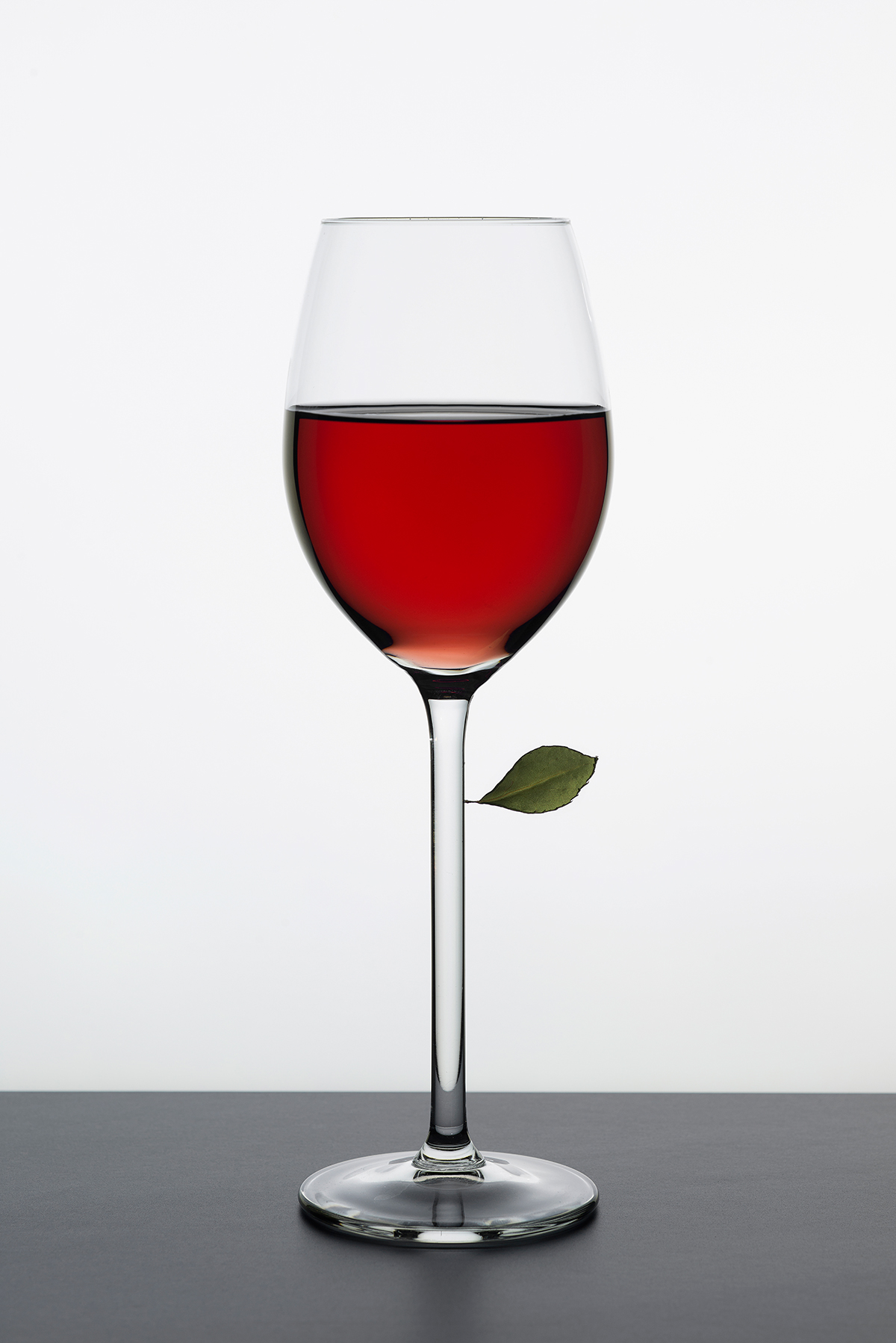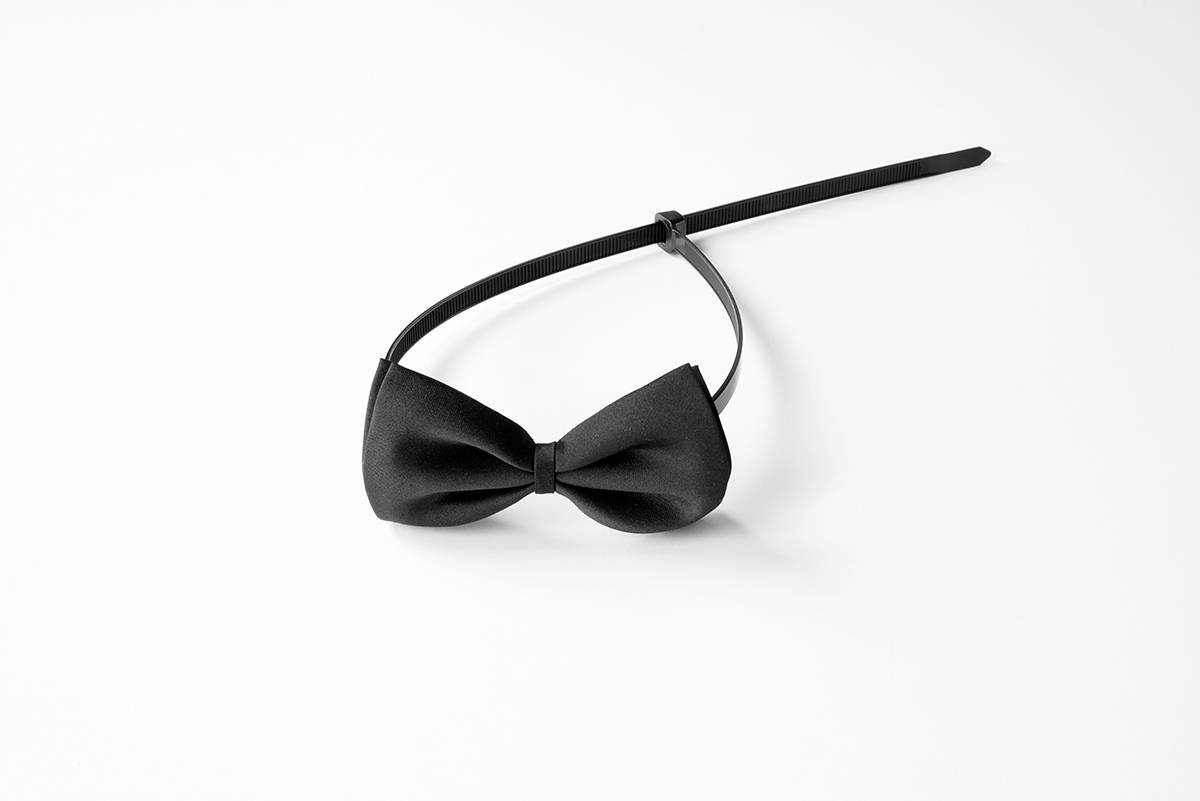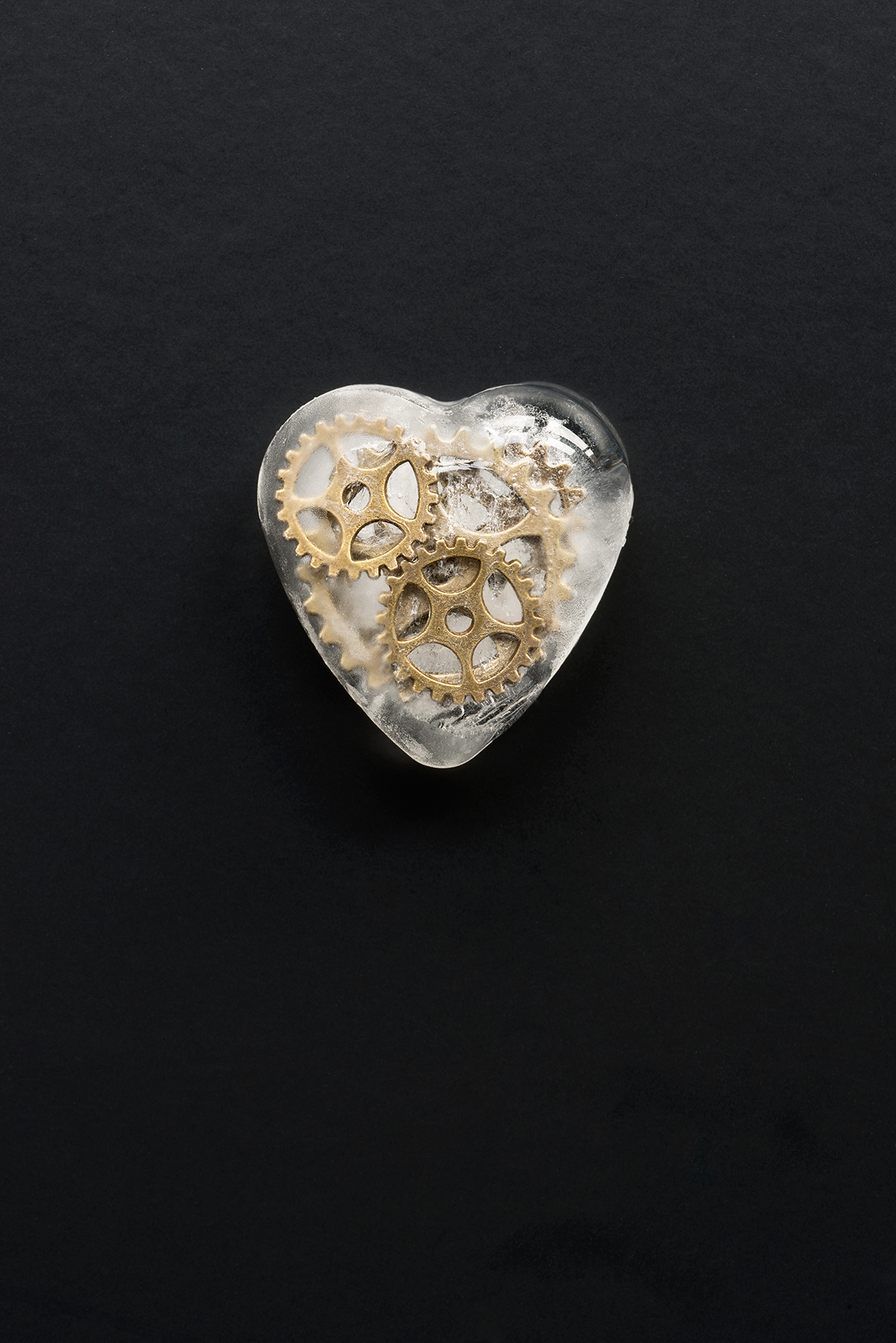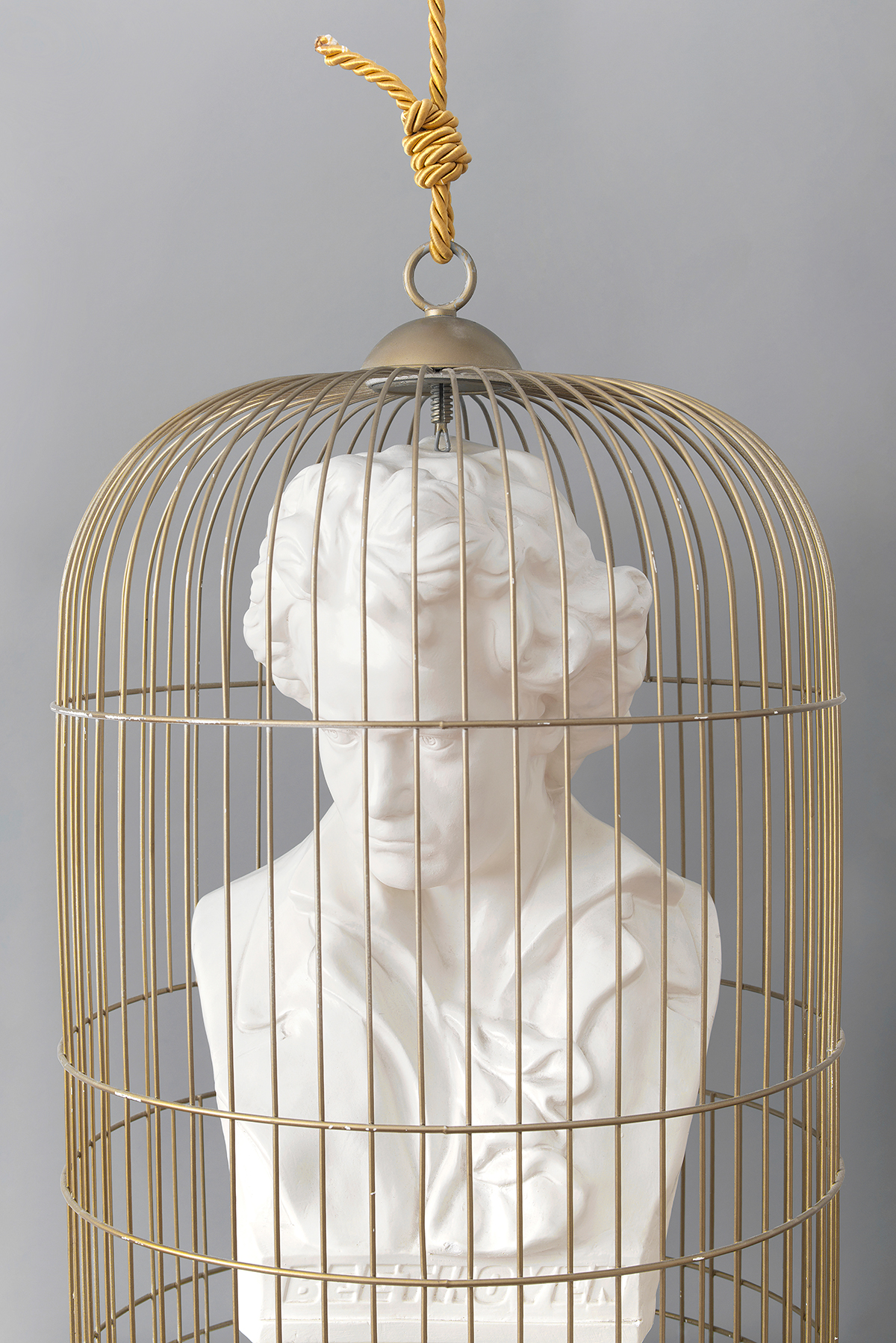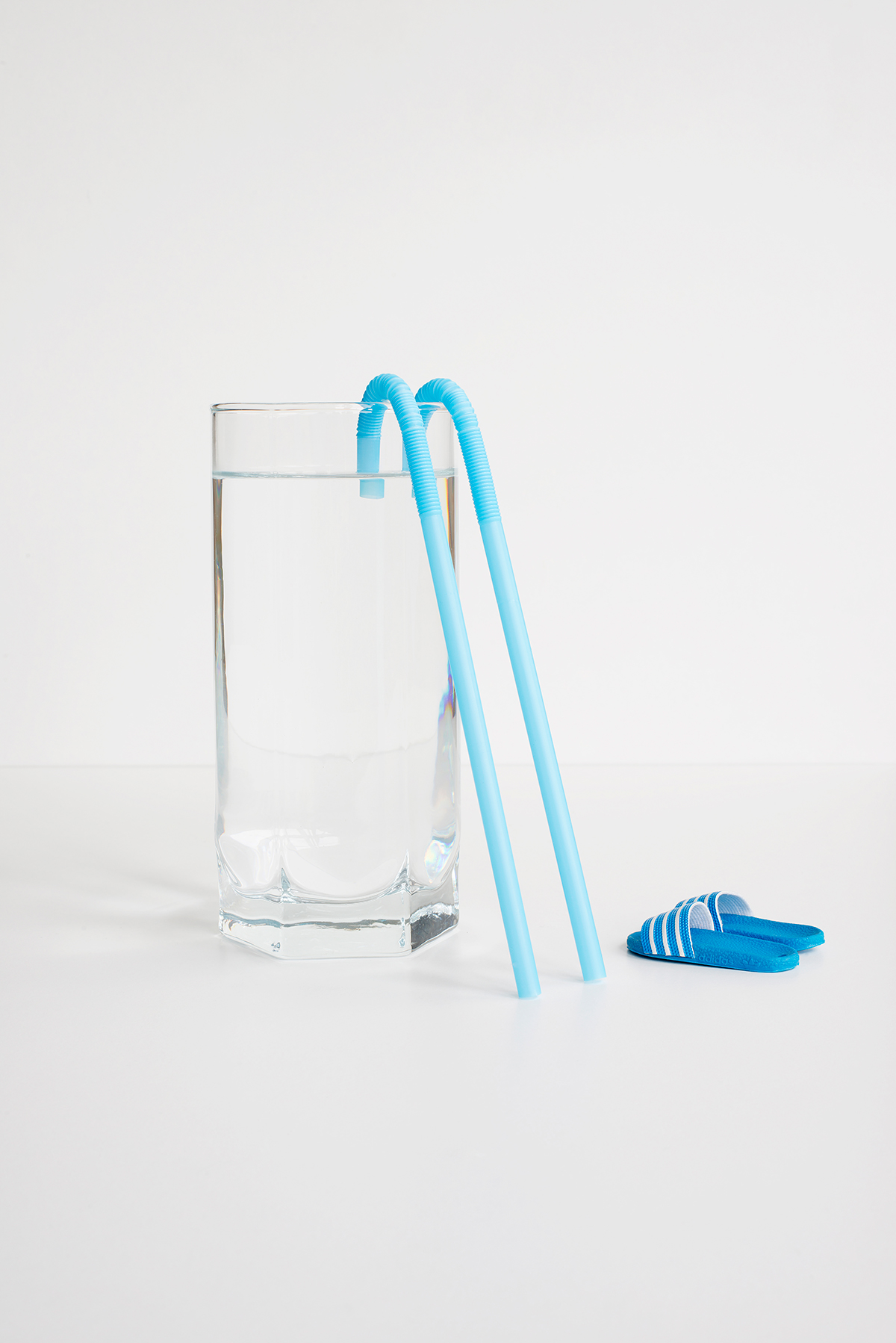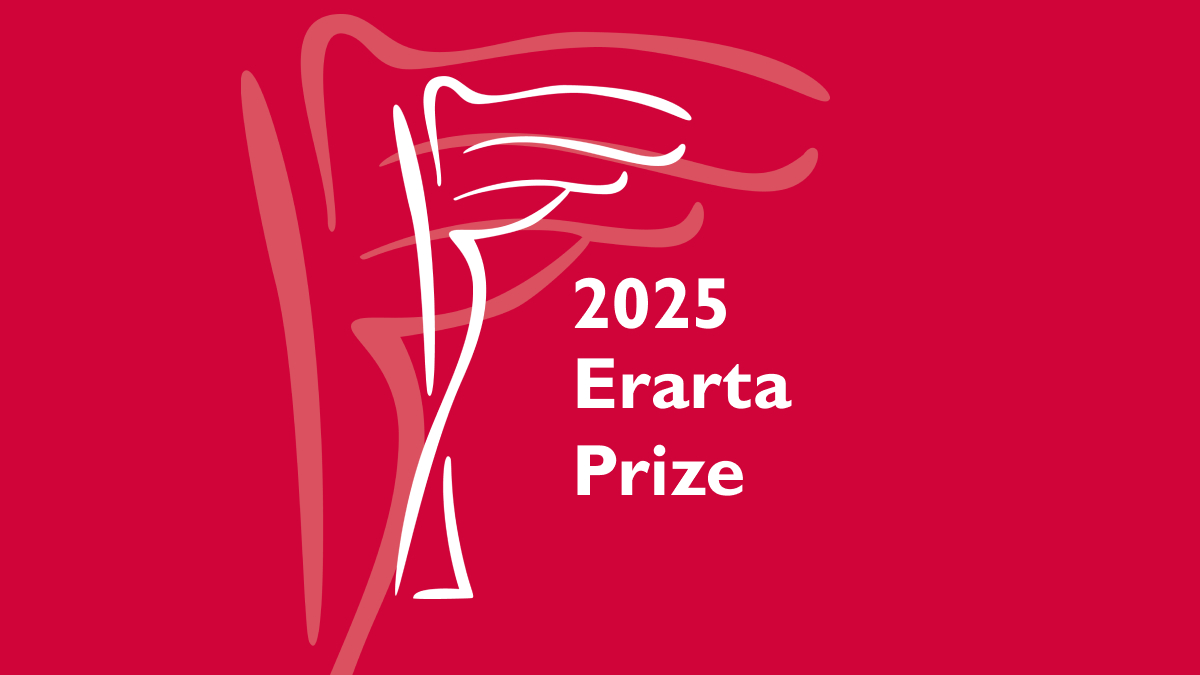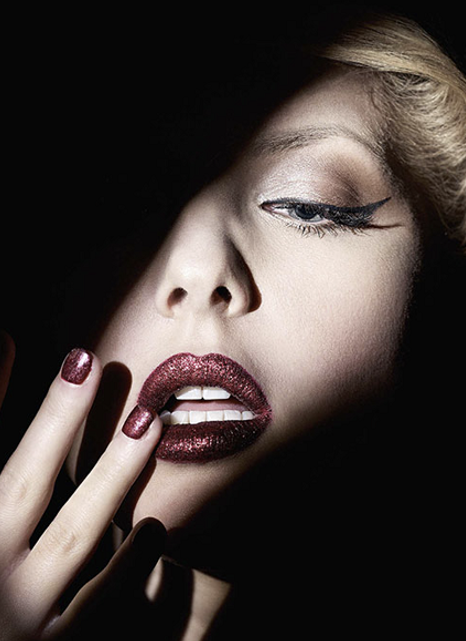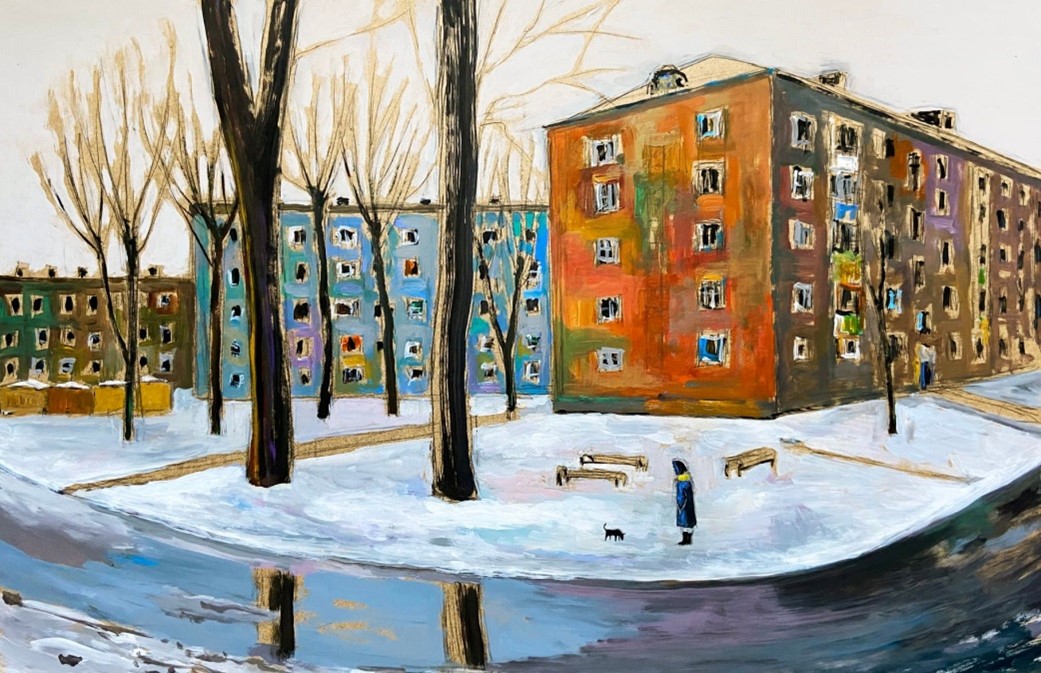Erarta Museum of Contemporary Art presented an exhibition of works by the Spanish photographer García de Marina offering a fresh perspective on the ordinary things
-
Visual poetry capable of waking the viewer from the slumber of the mundane
-
Witty repurposing and recombination of familiar household items into whimsical imagery rich in nuanced meanings
-
Pure art of photography without additional image manipulation
This is the second exhibition of works by the Spanish photographer García de Marina at Erarta. De Marina’s first show took place in 2021: back then, the viewers were entranced by his art, carefully studying each image and trying to solve it like a puzzle. The effortless and witty way in which he weaves simple objects into narratives rich in profound and nuanced meanings is indeed admirable.
According to the artist, he sees art in the everyday and tries to challenge the obvious. De Marina calls his art practice visual poetry. Just like poems, García’s creations are steeped in metaphor: he describes the human condition through the life of objects by animating them, imbuing them with human emotion, and eliciting our empathy.
As kids, we were imaginative and believed that things around us came to life when we weren’t watching. Perhaps everyone, sitting absent-mindedly over boring homework, played with the ruler, drew a pair of eyes on the eraser, and pretended that the compasses were a little ballerina spinning on one leg, just like in García de Marina’s image. As we grow older, though, we tend to look at things without really seeing them. De Marina captures what we fail to notice: combining ordinary household items to create whimsical imagery, he enriches them with new meaning. García de Marina admits an interest in symbolism and random connections of elements that previously had no relation to each other. He also comes up with tongue-in-cheek literal illustrations of the commonly used words and phrases, like ‘bell skirt,’ ‘question of time,’ or ‘eyehole.’ By focusing on the unusualness of the usual, the artist wakens us from the slumber of the mundane.
A similar approach was employed by the Surrealists – painters and photographers alike. Many will surely think of René Magritte’s creations or Man Ray’s iconic Le Violon d'Ingres in which a woman’s back morphs into a musical instrument. De Marina quite consciously upholds and builds on the Surrealist photographic tradition, defining his own genre as ‘conceptual photography’ – thus implying that each of his artworks visualises a certain idea.
García de Marina’s art is pure photography. The artist steers clear of image manipulation; instead, he uses actual objects to materialise his ideas and captures them with a camera that retains much detail and allows him to work with large-scale prints. García opts for the natural even when it comes to lighting: to avoid stark shadows, he usually shoots in the morning or in cloudy weather, using bright daylight hours to create new objects for later sets. Some of them stay in the studio after the photoshoot, sparking further ideas.
Nowadays García de Marina is a renowned and frequently exhibiting photographer. The Spanish national post service even issued stamps with an image based on his photograph of a terrestrial globe wearing a gas mask as a reminder of environmental crisis. By the way, that picture was showcased in García’s first exhibition at Erarta and became part of the museum’s permanent collection.
It all began in 2010, when de Marina bought his first camera and realised it was his thing. After completing an online photography course, he took to roaming the grounds of the Universidad Laboral in his home city of Gijón in search of photo opportunities. This group of buildings is a place of striking beauty – an architectural utopia complete with a bell tower, a theatre, colonnades and arcades. Having honed his focus on architecture, the artist began devising his own imagery. Back in those days he was a civil servant, practicing photography in his spare time. This work vs. hobby rivalry continued for a while, but creativity ultimately took over and even provided a reliable income – surely an inspiring story for those taking their first steps in art and a convincing case for Joseph Beuys’s much-quoted maxim that ‘Everyone is an artist.’

Born in Gijón, Spain, in 1975, García de Marina took up photography in 2010. In 2015, he received an offer from the Spanish Embassy to represent the country at the FotoWeek DC competition. Two years later, the Castile and León Museum of Contemporary Art (MUSAC) selected three of his pieces for the exhibition titled Constellations: Experimental Poetry in Spain (1963-2016), the first exhibition to explore Spanish visual and experimental poetry from the 1960s to the present.
In 2018, García de Marina exhibited his works alongside those by one of the most important Spanish visual poets of the 20th century, Joan Brossa, in the Diálo2 show held at the Juan Barjola Museum of Painting in Gijón. Throughout 2019–2020, the artist’s projects were showcased at the Cervantes Institute in Belgrade (Serbia), the Laboral Ciudad de la Cultura cultural centre (Gijón, Spain), and the Cervantes Institute in Budapest (Hungary).
In 2021, the Spanish national postal service Sociedad Estatal Correos y Telégrafos, S.A. issued 162,000 stamps with an image based on García de Marina’s artwork. The same year saw the artist’s first solo exhibition in Russia at the Erarta Museum of Contemporary Art.
In the recent years, the artist participated in dozens of photographic festivals at home and abroad, including, among others, the Xposure International Photography Festival (UAE), Addis Foto Fest (Ethiopia), Photo Romania Festival (Romania), Budapest Photo Festival (Hungary), and Uppsala Fotofestival (Sweden).

